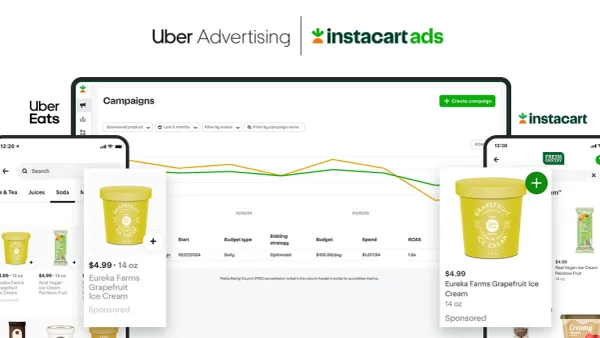The following is a guest post from Stuart Schneiderman, vice president of business intelligence at Advertiser Perceptions.
It won't be long before first-party data becomes a dividing line in marketing.
While most marketers only activate half of their first-party data, 67% expect to realize their data-related goals within 18 months, according to a study of 200 marketers we conducted in February. These companies are moving fast, and they're already seeing results in targeting, ROI and measurement. They're separating themselves from their competition because they know their customers, communicate with them intimately, anticipate their needs with new products and increase their convenience.
Essentially, these leaders will create hyper-learning organizations by fueling positive feedback engines. Higher quality first-party data leads to more precise targeting, then powers stronger results and more accurate measurement and then generates more high-quality first-party data. The more the first-party data enables, the more valuable it becomes.
For other marketers, though, the reality isn't living up to the excitement. Today, 60% lack confidence they're getting ROI from first-party data. For some, it's to the point of anxiety, particularly for CPG and other retail marketers battling direct-to-consumer insurgents. Their fear: DTC competitors may master first-party marketing before they can really start doing it, because retailers own their customer relationships and data.
Understandably, many of these marketers face regulatory, privacy and operational constraints on data. Some can't access their CRM and e-commerce data due to technology and information restrictions. Others can't retrieve accurate site analytics, let alone feed customer intelligence, advertising or attribution models. This is the great frustration for marketers in the 21st Century — knowing the data for a fully accountable system lies just beyond reach.
So, what can they do? Do the main things that data leaders do every day.
Prioritize top sources of data, not all data
From our research, the data-confident are focusing this year on mobile app analytics, social media data, online sales data, site analytics and CRM data.
Use data management platforms for segmentation — don't just park your data there
Most marketers have yet to use DMPs in sophisticated ways. The keys to audience segmentation and cross-device attribution are in DMP data. So is the ability to connect online and offline behavior. Beyond DMPs, marketers need to evolve their tech stacks rapidly, starting with adopting Consumer DataPlatforms (CDPs). To be more competitive, marketers should consider evolving their ad tech stack.
Cloud source CRM data
This eliminates the need for hardware and software to extract value from it. The more people can use it, the more value you can create with it. Put aside any lingering concerns about data insecurity in the cloud; it's an outdated fear that will only hold you back.
Leverage partners to help validate the need for access to first-party data and unlock its potential
These partners can be agencies, management consultants, systems integrators or ad tech companies. They have the broad incentive to invest in and amortize powerful technologies that an individual marketer can't justify. Plus, they have specialists with experience in activating first-party data across categories.
Getting to a hyper-learning organization is that simple. It just takes a series of fundamental moves.
"Data confidence isn't so much an end state as it is an ongoing operating model and mentality that comes from having a clear first-party data strategy," says Tyler Pietz, vice president of global consulting at MightyHive. "Gaining an edge while this is still a work in progress for marketers means developing and ingraining that strategy and then avoiding costly executional missteps when performing needs assessments, designing business processes, implementing technology, and getting teams built and trained."
Data confidence takes experience. Rather than wait until the perfect constellation of data and mar-tech is at hand, marketers need to focus on fully activating the customer information they have now. The more they do, the more they'll learn and the more they'll fuel the feedback engine with data and insight. The key is to keep it turning, so test, learn, collect and repeat.














